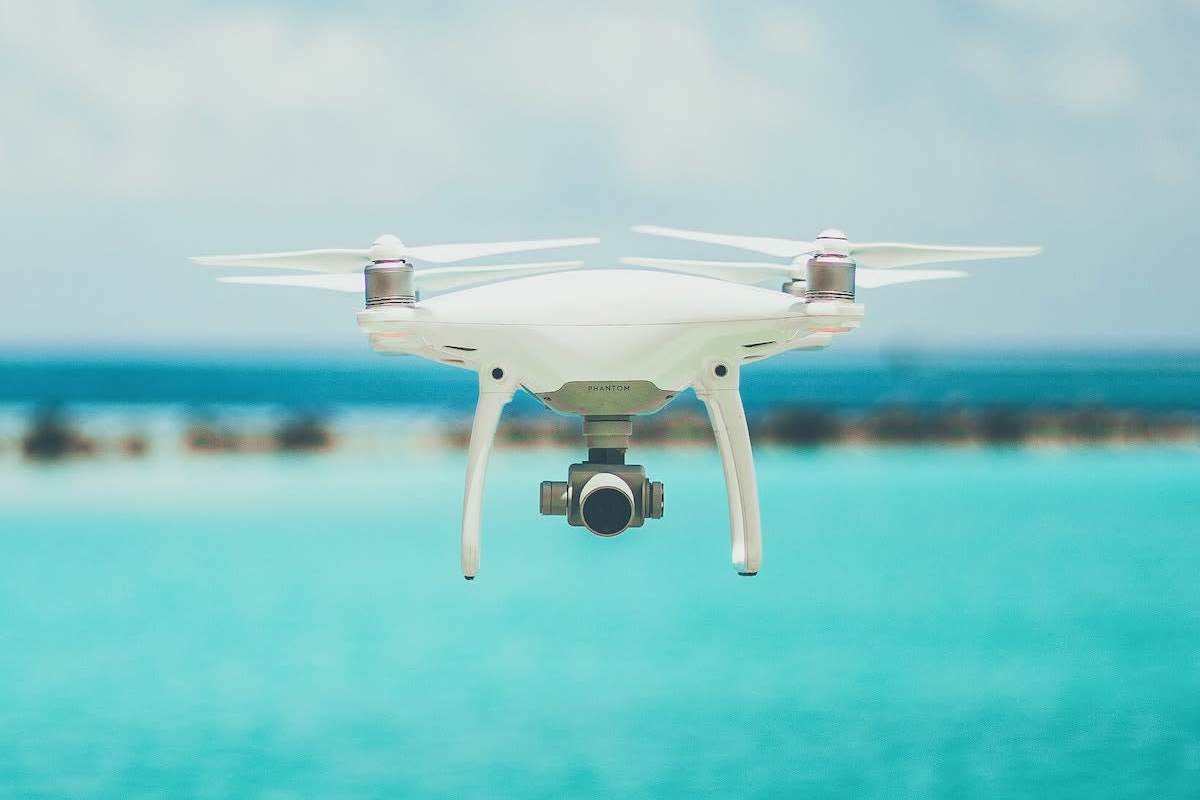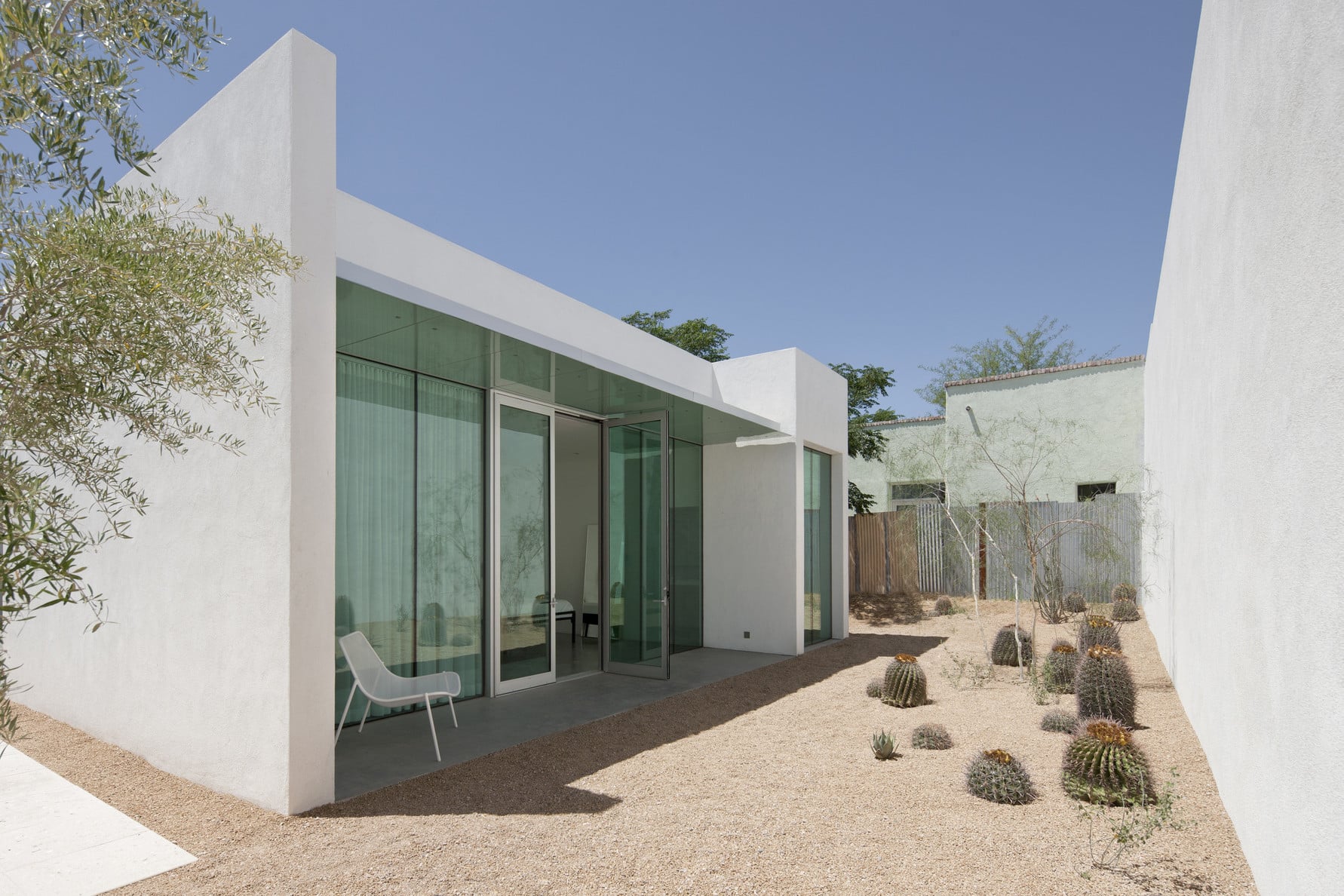Have you been thinking about how to get into drone photography? We’re all blown away by the spectacular images that an aerial photography drone is capable of capturing, but how does a standard photographer make the leap to drone work? Read on to learn about all the tools you need to get started. You’ll also find great drone photography tips and techniques to help elevate your online photography portfolio. See what we did there? Okay, let’s get started!
So, What Is Aerial Photography, Exactly?
The name is pretty self-explanatory, but let’s delve into it a little just for fun. In simplest terms, this type of photography means photos that are taken from above the Earth. For example, if you snap a photo out of your window when you’re flying in an airplane, that’s a form of aerial photography.
All those “as seen from above” shots that you’ll see on real estate websites? Those are aerial drone photographs. In fact, real estate photography is a great example of the kind of work you can do with a drone photography business.
If you’re into landscape photography, then you’ve undoubtedly seen magnificent photos that have been taken from above. These might have been snapped by hand from planes, helicopters, and even cranes, especially if they’re older photos. Nowadays, they’re more likely to have been taken by an aerial photography drone, or a remote-controlled camera that was mounted to some kind of aircraft.
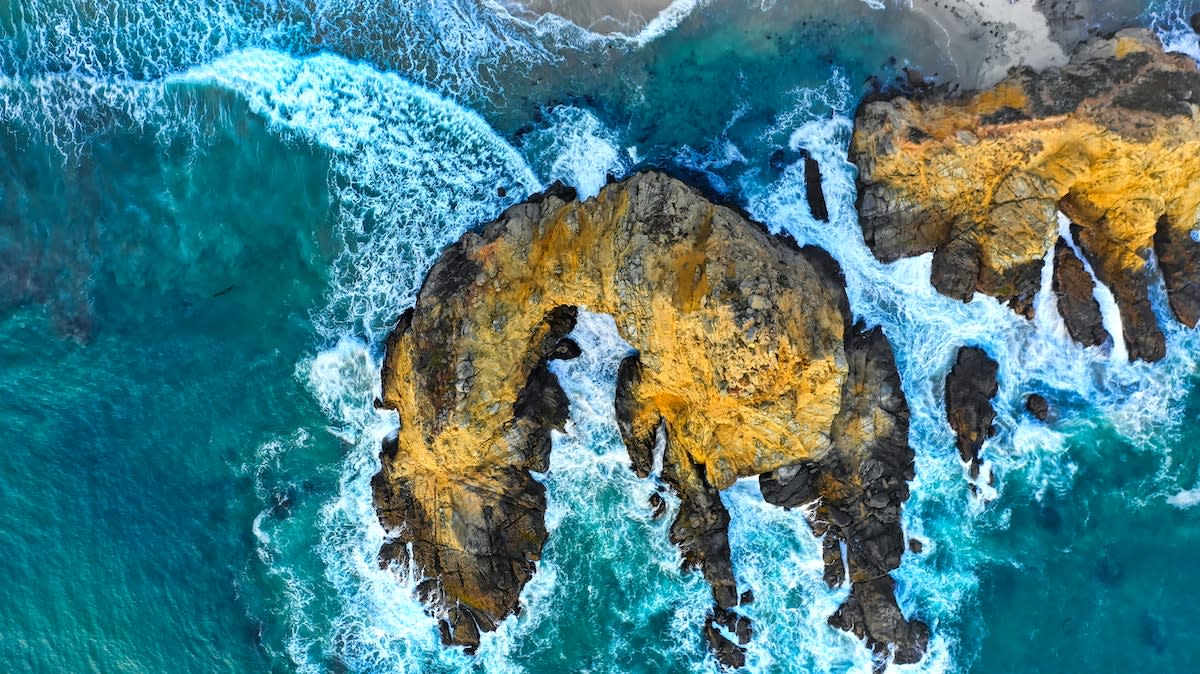
What Are The Benefits of Drone Photography?
Well, you’ve been blown away by those incredible images, right? Once you’ve found a good drone for photography, you’ll be able to take truly beautiful photos without having to shell out thousands to hire private planes or copters.
Drone photographs capture our attention because they offer us glimpses from perspectives we don’t generally see on a daily basis. You’ll be able to take these images yourself, which will do absolute wonders for your photography business. There are a ton of clients out there clamoring for really great aerial photography shots. Being able to offer this service will open up countless doors for you, from magazine work to films and documentaries.
What Equipment Do I Need to Get Started?
Since buying your own plane is probably not an option right now, let’s take a look at the different items you’ll actually need.
Drone
This is the actual flying device that will zip around where you tell it to. They’re rather fascinating machines with multiple whirring propellers, which let them hover in place as well as fly around. In fact, their ability to hover in place is really important if you’re interested in long exposure drone photography.
They come in many different styles—and price points—and we’ll go into more detail about them a bit further on.
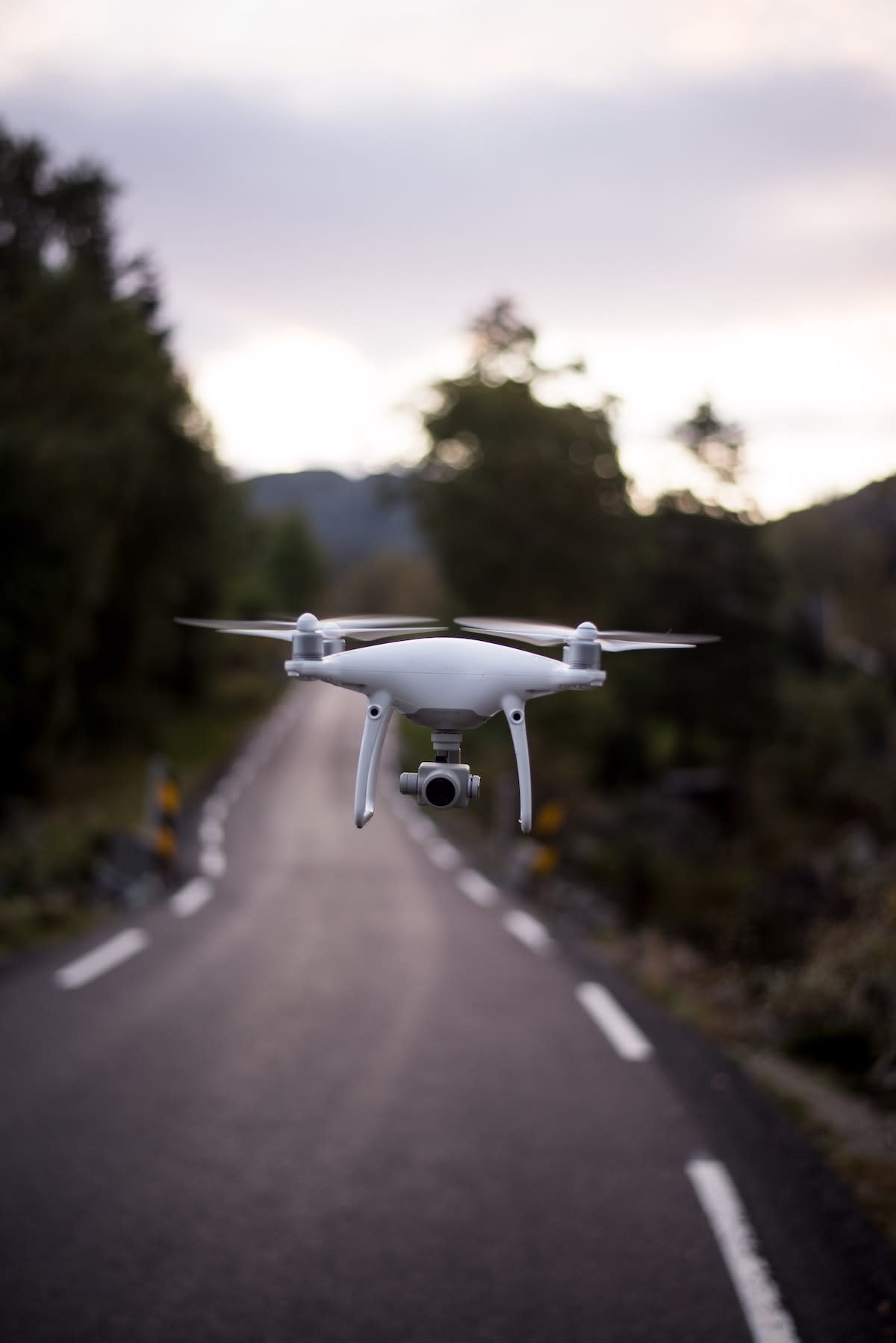
Gimbal
Isn’t this a great name? Say it aloud a couple of times and it’ll get you even more excited about drone photography. In simplest terms, a gimbal is a type of harness or frame that attaches to your drone. This, in turn, holds the camera stable or maneuvers it into whichever direction you’d like it to point.
Since gimbals can vary in weight and size, it’s vitally important to make sure that your equipment pieces all work well together. Your camera isn’t going to be much use if it weighs too much for your drone + gimbal combo to carry.
When you begin shopping, it’s a good idea to sort out the camera and gimbal before you buy your drone. That way, you can calculate how much these two items weigh together, and then buy a drone that you know will be able to support them both.
Camera
This probably goes without saying, but as with any type of photography, you’ll need a camera. Now, there are a variety of different ways that you can attach a camera to a drone (see gimbal above for more info), so you can pretty much attach any camera to your drone. You just need to ensure that the drone is strong enough to support your camera’s weight.
One of the most popular cameras for taking drone photographs is the ubiquitous GoPro. There are several options available to suit just about any need, and there are many gimbal rigs out there that are specifically suited to GoPro cameras.
Permits and Licences
If you’re doing drone photography in the United States, you’ll need a Remote Pilot Certificate from the Federal Avian Administration (FAA). That certificate is the fancy official term for a drone photography license.
In order to be able to make money with that gorgeous aerial photography drone of yours, you’ll have to meet the following criteria:
- Be at least 16 years old
- Able to understand, read, write, and speak English
- Have valid, government-issued ID, complete with name, address, date of birth, and signature
- Be in a physical and mental condition that allows you to fly a drone safely
- Pass your aeronautical knowledge exam at a local testing center (which costs about $150 USD)
Once you’ve passed your test, use the code from your evaluation as proof that you’re a capable drone pilot, at which point you can apply for the certificate. You’ll also need to complete (and pass) a TSA background check.
Find out more information about the aeronautical knowledge topics you’ll be tested on at the FAA’s website here.
Then you just need to register your drone, and voila! You’re ready to rock and/or roll.
Canada
Rules and regulations for a Drone Pilot Certificate are quite similar in Canada. The online exam is $10, and you need to be at least 14 years old for a basic exam or 16 for an advanced one. The basic one is done online, while the advanced one is a combination of an online exam and in-person interview. If you’re aiming to run your own drone photography business, you’ll need the advanced exam. Additionally, Transport Canada (TC) strongly recommends that you attend drone flight school before taking the exam, simply because it will cover topics and rules that you might not even be aware of.
U.K.
If you’re just a hobbyist, you don’t need a license to take drone photographs. You just need to follow the Civil Aviation Authority’s (CAA) regulations. That said, if you’re going to be using your drone as part of a photography business, you’ll have to get a drone license (PfCO) from a CAA-approved provider. This will require you to get training from a National Qualified Entity and will cost about £1079 for a three-day training course.
Australia
Flying a drone is legal in Australia, but you need to follow some rules while doing so. For example:
- Only fly during the day, and keep your drone within your own line-of-sight at all times.
- Don’t fly your drone higher than 120 meters (400ft) above ground.
- Keep your drone at least 30 meters away from other people.
- Never fly your drone over (or near) an area affecting public safety, or where emergency operations are underway (without prior approval). For example, don’t hover over car crashes, fires and firefighting efforts, or search and rescue.
Check out the Civil Aviation Safety Authority website here for a complete list of regulations, as well as more information about approval and special licensing.
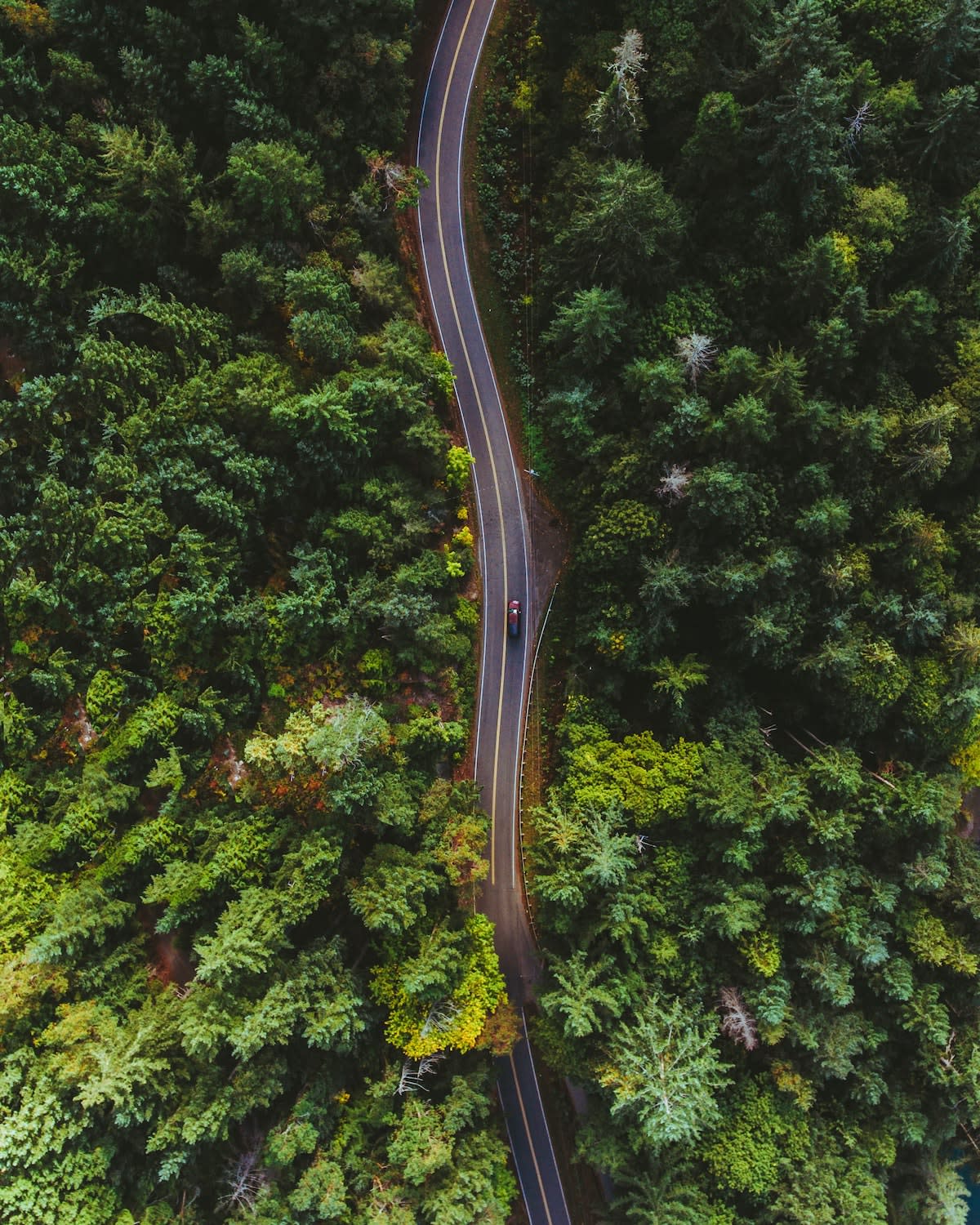
What Does Purchasing the Right Drone Entail?
If you’re just starting out, aim for the best beginner drone with a camera that fits within your budget. After all, they can range in cost from $50 to a few thousand dollars.
Don’t break the bank at first, as it’ll undoubtedly take you some time to get comfortable with the equipment. Think of this as both an investment in your drone photography career, and a training item. It’s a good idea to get a more budget-friendly version at first so you’re not as wary of making mistakes. After all, we’re a lot more hesitant to use super-expensive equipment because we’re afraid of breaking it.
A training drone that’s under $100 is a good idea for the absolute novice to try. You can fly these indoors, so you can get the hang of the controls without worrying about flying it into a pond—or under an 18-wheeler truck.
Once you’re comfortable with the drone and controls, and you’d like to expand your horizons (pun intended) with techniques like long exposure drone photography, then you can invest in something a bit snazzier.
Some Great Drone Ideas
Now, when it comes to drone options, bear in mind that the ones with built-in or onboard cameras can be large, clunky, and difficult to maneuver. Furthermore, their cameras tend to have a lower resolution than those that can be attached to a drone separately. If you’re aiming for really high-quality drone photography (for example, if you’re taking wildlife photographs), then the latter is a better option for you.
Let’s take a look at some of the options out there for the best drone for photography. We’ll check out a couple of accessible, beginner models, as well as higher-end options to try out later.
If you’re doing more basic photography, or just flying for fun, then you can look into an all-in-one package. That way, you don’t have to worry about duct-taping your camera onto anything in a fit of pique.
Right now, the best beginner drone with a camera appears to be The Ryze Tello. It’s a toy quadcopter that’s ideal for the absolute novice to try out. It’s easy to fly, can be controlled via smartphone or laptop, and at $85, is a good, inexpensive option. You’re not going to get high-quality photos or videos from it, and it doesn’t have GPS or RTH (return-to-home) capability, so it’s best to keep this one close.
Alternatively, if you’d prefer to attach your own camera, try out the Blade Nano QX RTF. It has an 8-minute flight time, and can easily be controlled via smartphone. You will need a gimbal to attach your camera, so be sure to follow the aforementioned advice and calculate combined weight before buying.
Now, the DJI Inspire 2 Quadcopter is the best drone for still photography, which is ideal if you’re aiming to do wildlife shots, real estate images, etc. It’s a quadcopter that stays remarkably stable in the air and is a perfect combination of strong and lightweight. You’ll need a gimbal to attach your own camera, but the drone has dual battery operation and a sturdy motor. It also has a solid detection system and a safe, reliable RTH capability.
If you’re absolutely new to taking drone photographs, then a drone photography tutorial might be a good idea. There are countless tutorials available online, and you can even check out YouTube tutorial videos for step-by-step approaches to follow.
There are a number of different filters and effects that you can use for your photos as well! If you’re focusing on real estate or landscape images, be sure to check out our collection of landscape photography tips. We also have a roundup of some spectacular apps you can use to capture truly magnificent landscape images.

Tips for Starting Your Own Drone Photography Business
Now, if your end goal is to start a business taking drone photographs, then there are several aspects you’ll want to take into consideration. Naturally, you’ll want to hire a great graphic designer for your visual identity/branding, as a strong personal brand identity is one of the most important aspects of any business. If you have some graphic design experience and feel that you’re skilled enough to create your own logo, then that’s awesome! If, however, your own design skills aren’t the strongest, there are countless skilled designers out there who can help you out. Just scan through some online design portfolios until you find one whose style mirrors the aesthetic you’re hoping to achieve.
Naturally, there are also many technical aspects that will have to be taken care of.
Legal Requirements, Insurance, etc.
We touched upon licenses and permits earlier, but there are additional aspects to consider when starting a drone photography business.
Incorporating your business is a good idea, as you can establish insurance, image licensing, etc. These are a few of the legal documents that you should have in place for your drone photography company:
- Business License
- Incorporation Certificate
- Business Plan
- Online Privacy Policy
- Insurance Policy
- Security Clearance
You might not think that an insurance policy is a good idea, but try to keep in mind how litigious some people can be. On the off chance that your drone veers off and trespasses into a private area, or you end up taking photos of people without their consent, you could face a lawsuit.
Talk to an insurance agent about the best type of insurance available to cover your drone photography business. Liability insurance is top priority, but overhead expense disability insurance and even health insurance might be good ideas to add in as well.
Intellectual Property Protection
While you’re consulting insurance agents and such about your business, it’s a good idea to chat with a lawyer about trademark protection for your drone photography company. Find out exactly what intellectual property protection entails for your region (copyrights, etc.), and then go to your local patent and trademark office for a patent application form.
This will protect your work from being used for profit by other people. Image piracy is a huge issue for creatives, so be sure to protect yours.
A Great Photography Website
Now, this is probably the most important aspect of starting your business. After all, how are you going to get great clients if you don’t show off just what you’re capable of? Your online drone photography portfolio website is your business’ public face. This is where you showcase those spectacular images you’ve been snapping, so make sure your online portfolio website is absolutely spectacular. Fortunately, Format has countless different options for every aesthetic preference, and you can put together an incredible, eye-catching (and client-attracting!) portfolio today!
If you enjoyed this article, you might appreciate these as well:
How To Make A Watermark For Your Client Photos
How To Get More Photography Clients
The 39 Things Every Photography Contract Must Include
